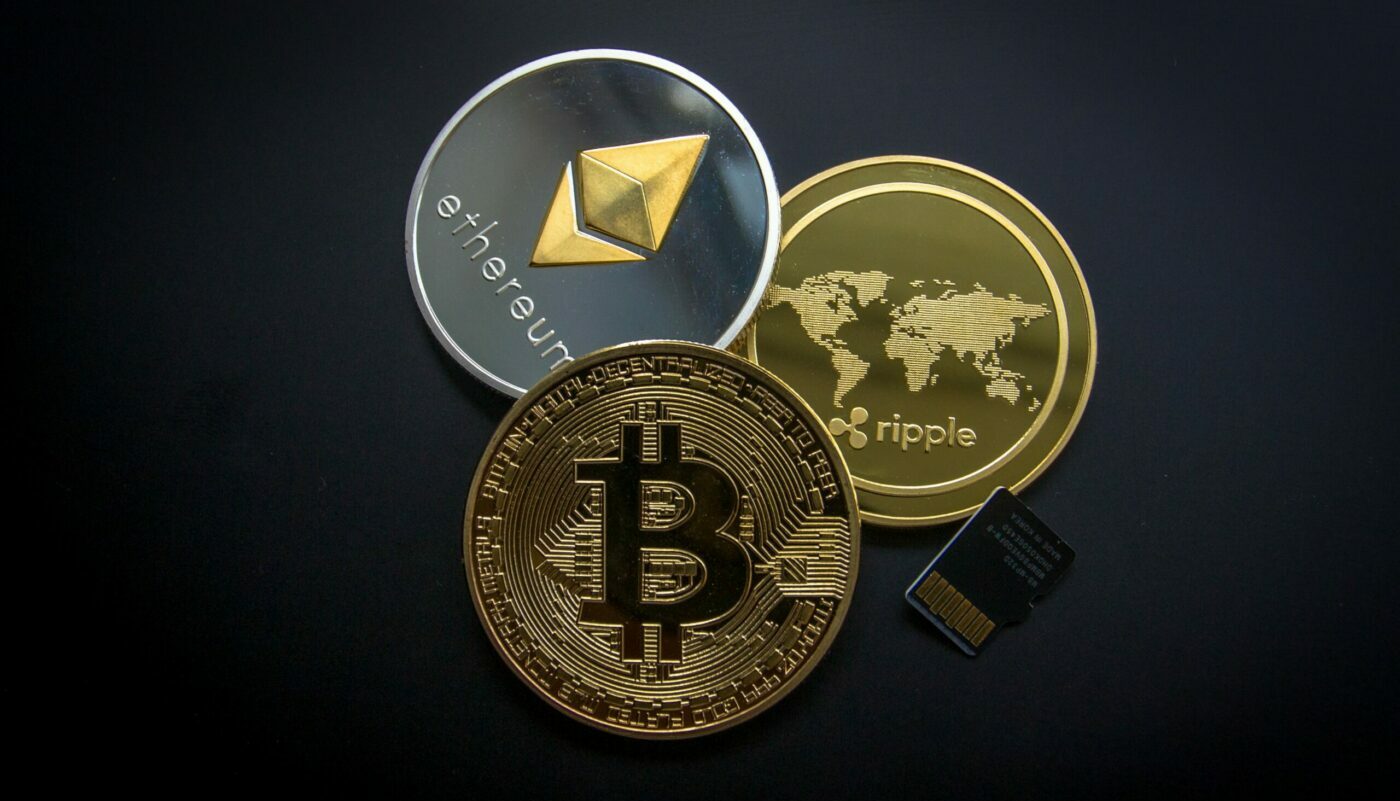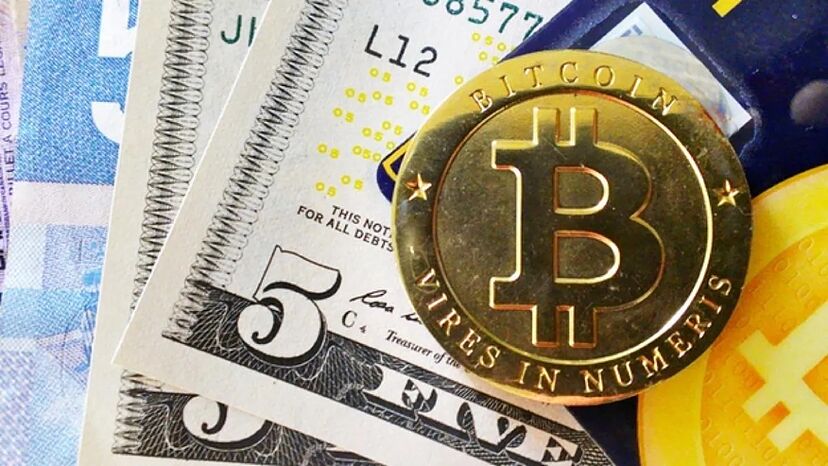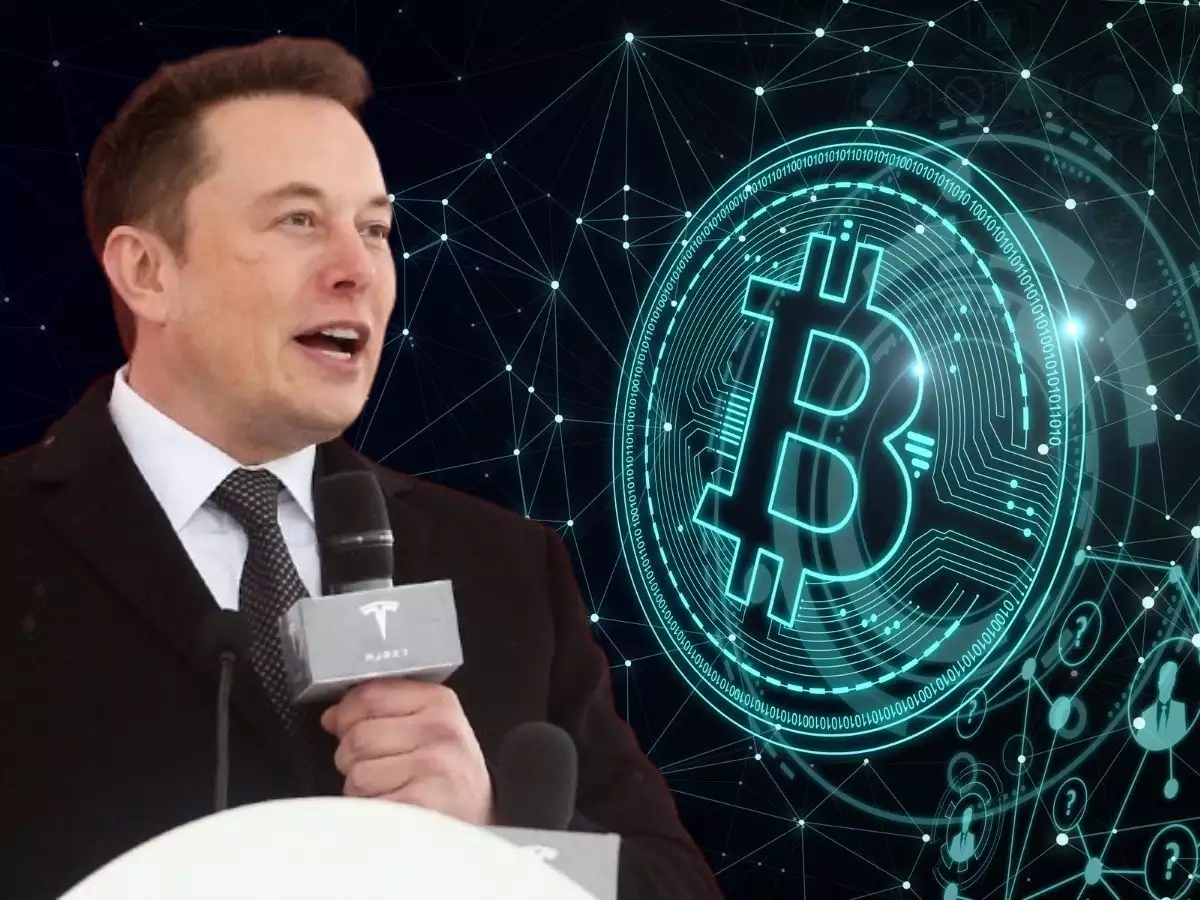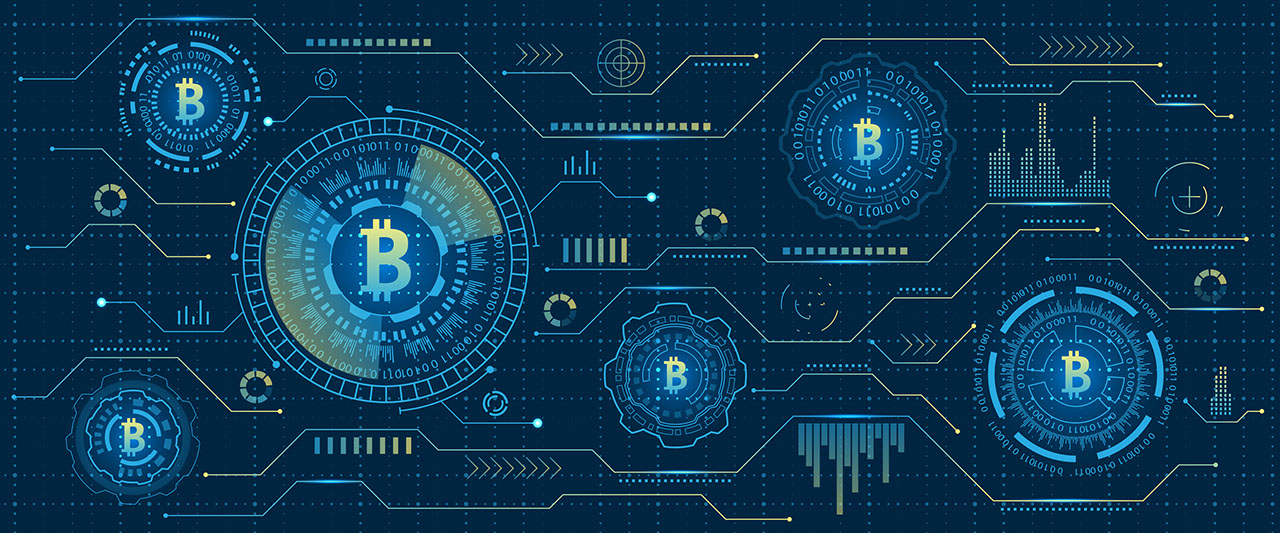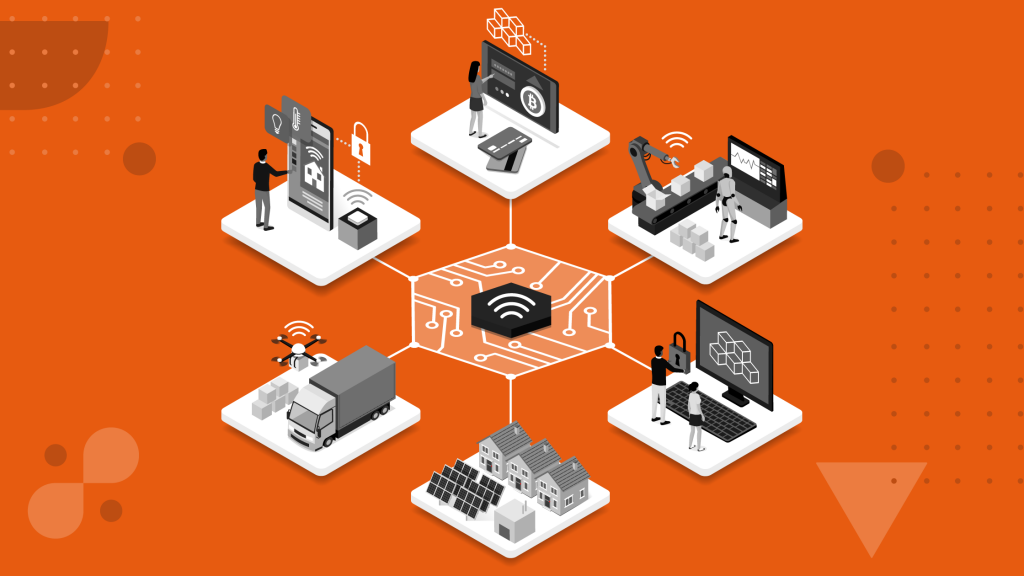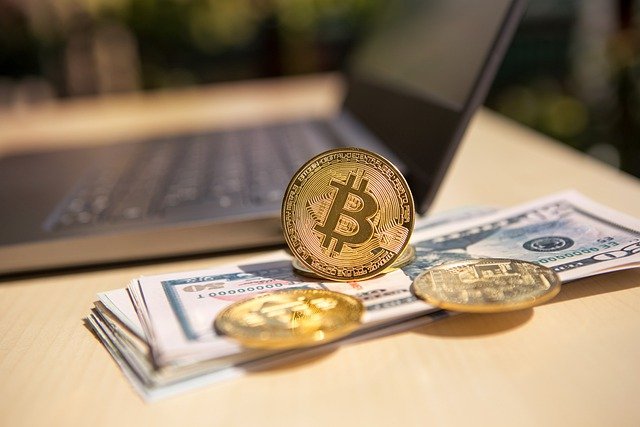The future of NFTs in DeFi A conversation with Aavegotchi's Jesse Johnson
future of NFTs in DeFi is very promising. NFTs have the potential to revolutionize the way that we interact with financial products and services.
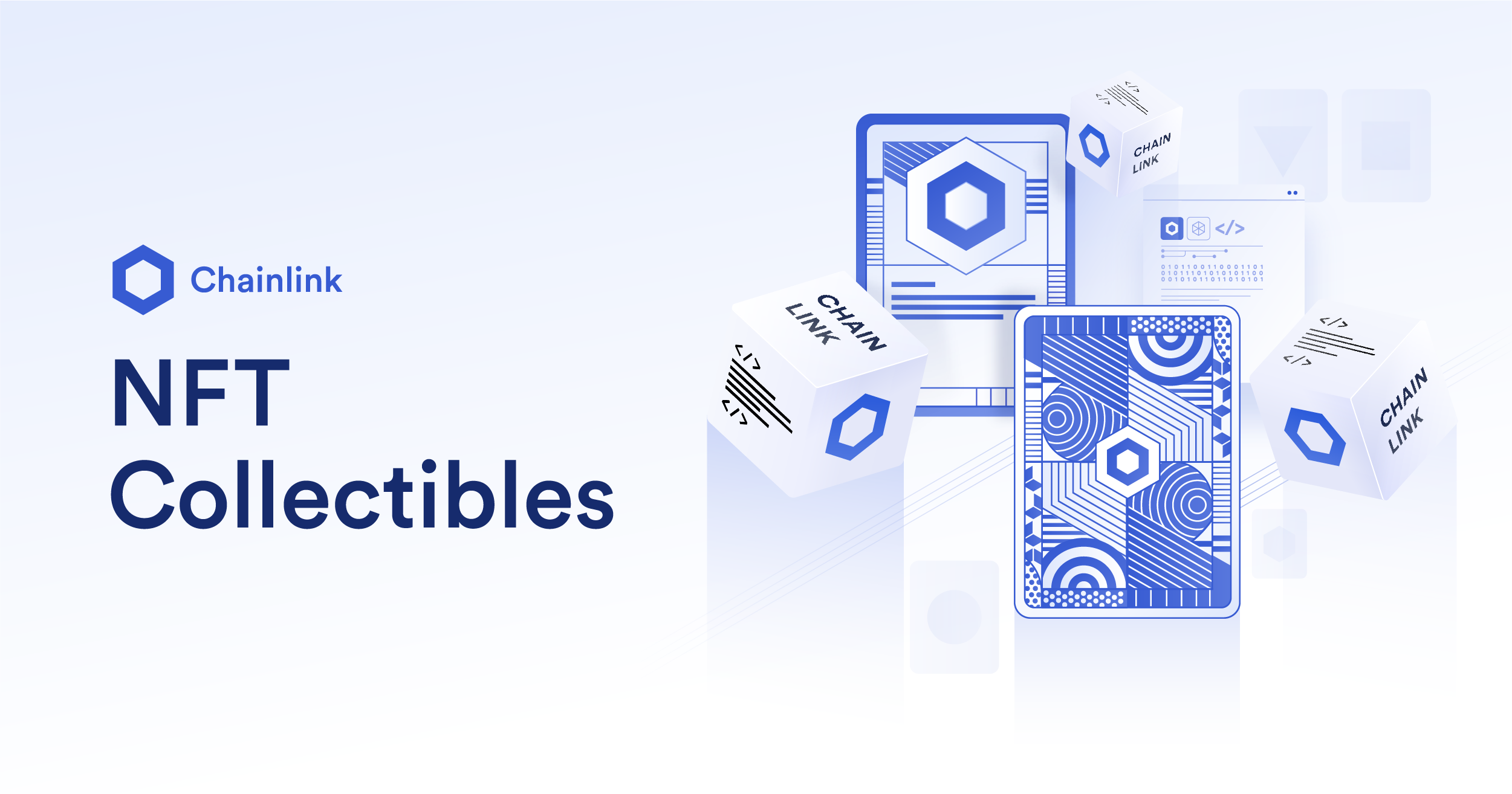
Non-fungible tokens (NFTs) have taken the world by storm in recent years, with sales reaching billions of dollars in 2021. But what is the future of NFTs? And how can they be used to revolutionize the world of decentralized finance (DeFi)?
To get some insights into the future of NFTs in DeFi, we spoke to Jesse Johnson co-founder of Aavegotchi. Aavegotchi is a DeFi project that combines NFTs with decentralized lending and borrowing.
What role do you see NFTs playing in the future of DeFi?
Johnson believes that NFTs have the potential to revolutionize DeFi by making it more accessible and user-friendly. NFTs can be used to represent a wide range of assets, including real estate, collectibles, and even debt. This means that NFTs can be used to create new financial products and services that are not possible with traditional fiat currency.
For example, NFTs can be used to create fractional ownership of assets, which would make it possible for people to invest in assets that would otherwise be out of their reach. NFTs can also be used to create new types of loans and mortgages, which could make it easier for people to access credit.
Can you give us some specific examples of how NFTs are being used in DeFi today?
One example of how NFTs are being used in DeFi today is through Aavegotchi. Aavegotchi are digital collectibles that are backed by Aave interest-bearing aTokens. This means that each Aavegotchi represents a real-world asset that is generating interest.
Aavegotchi can be used to access a variety of DeFi services, such as lending, borrowing, and staking. For example, users can stake their Aavegotchi to earn rewards in AAVE tokens. They can also borrow against their Aavegotchi to get access to liquidity.
Another example of how NFTs are being used in DeFi is through fractional ownership platforms. These platforms allow users to invest in fractions of high-value assets, such as real estate and art. This makes it possible for people to invest in assets that would otherwise be out of their reach.
What are some of the challenges that need to be addressed before NFTs can be fully integrated into DeFi?
One of the biggest challenges that need to be addressed before NFTs can be fully integrated into DeFi is the issue of liquidity. NFTs are typically illiquid assets, which means that it can be difficult to buy and sell them quickly. This makes them less than ideal for use in DeFi applications, where users need to be able to access their liquidity quickly and easily.
Another challenge is the lack of standardization in the NFT space. There are many different NFT standards, which makes it difficult for DeFi applications to support all of them. This needs to be addressed before NFTs can be widely adopted in DeFi.
What are your predictions for the future of NFTs in DeFi?
Johnson believes that the future of NFTs in DeFi is very bright. He believes that NFTs will become increasingly integrated into DeFi protocols and applications. This will make DeFi more accessible and user-friendly, and it will also create new financial products and services that are not possible with traditional fiat currency.
Johnson also believes that the liquidity problem will be addressed in the coming years. There are already a number of projects working on solutions to this problem, and he believes that it will only be a matter of time before NFTs become more liquid assets.
Overall, Johnson is very optimistic about the future of NFTs in DeFi. He believes that NFTs have the potential to revolutionize the way that we interact with financial products and services.
Here are some additional thoughts on the future of NFTs in DeFi:
- NFTs can be used to create new types of financial markets. For example, NFTs can be used to represent fractional ownership of real estate, which would create a new market for real estate investment.
- NFTs can be used to create new types of lending and borrowing products. For example, NFTs can be used to create loans that are backed by real-world assets, such as real estate and art. This would make it easier for people to access credit, and it would also reduce the risk for lenders.
- NFTs can be used to create new types of insurance products. For example, NFTs can be used to create insurance policies that cover the value of digital assets, such as NFTs and cryptocurrencies. This would give users peace of mind knowing that their digital assets are protected.
Overall, the future of NFTs in DeFi is very promising. NFTs have the potential to revolutionize the way that we interact with financial products and services. As the technology continues to develop, we can expect to see even more innovative and groundbreaking applications of NFTs in DeFi.
What's Your Reaction?









